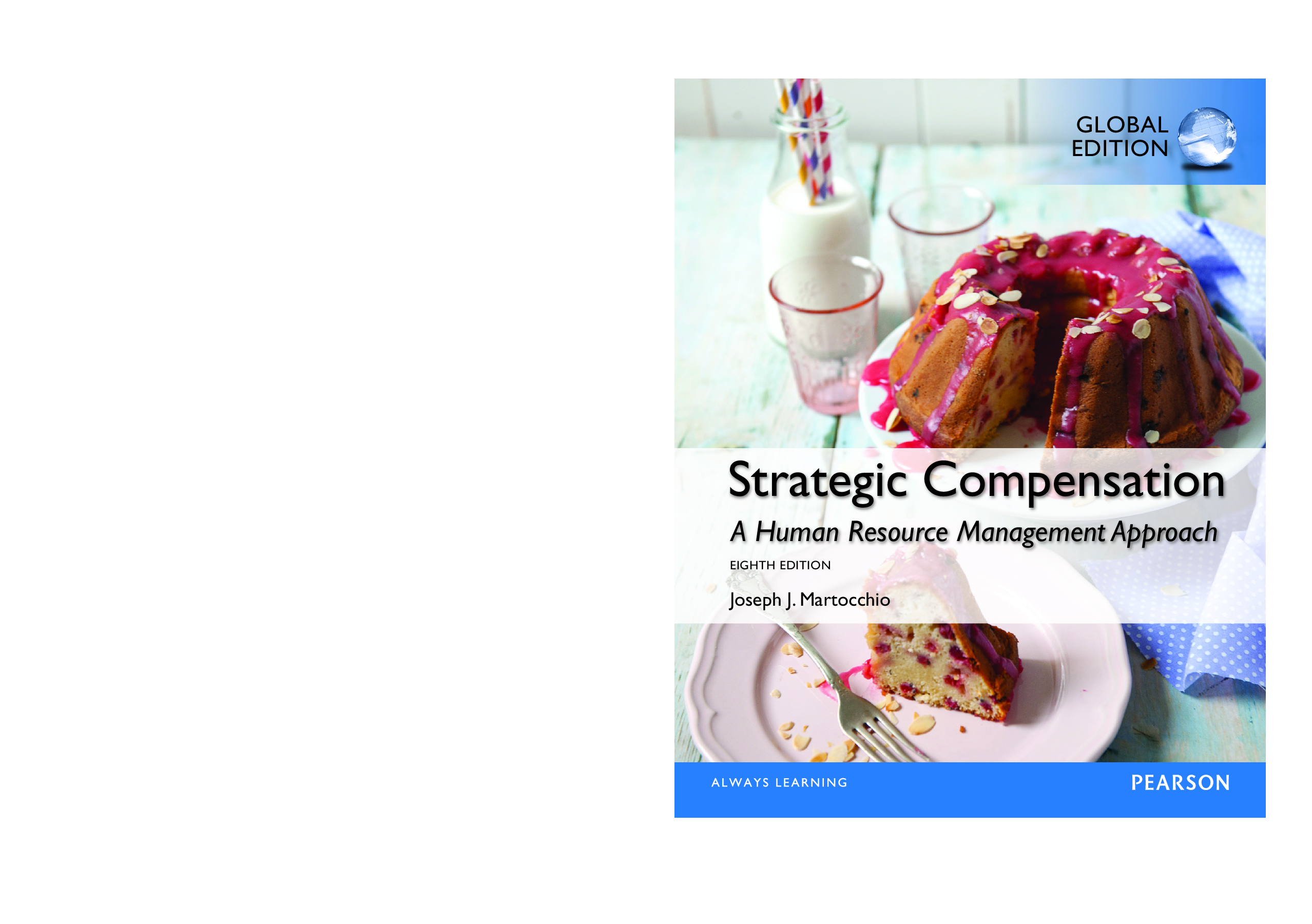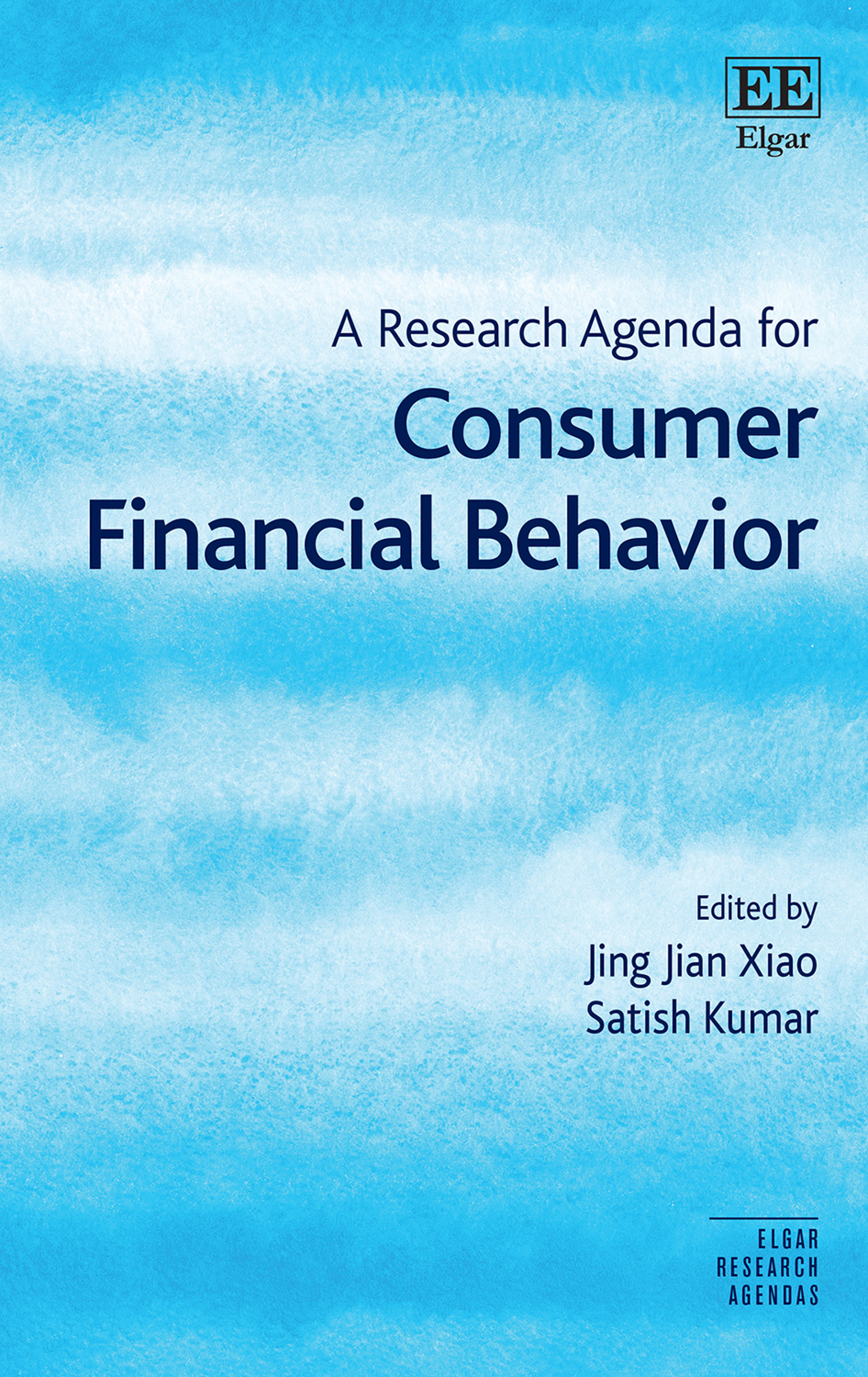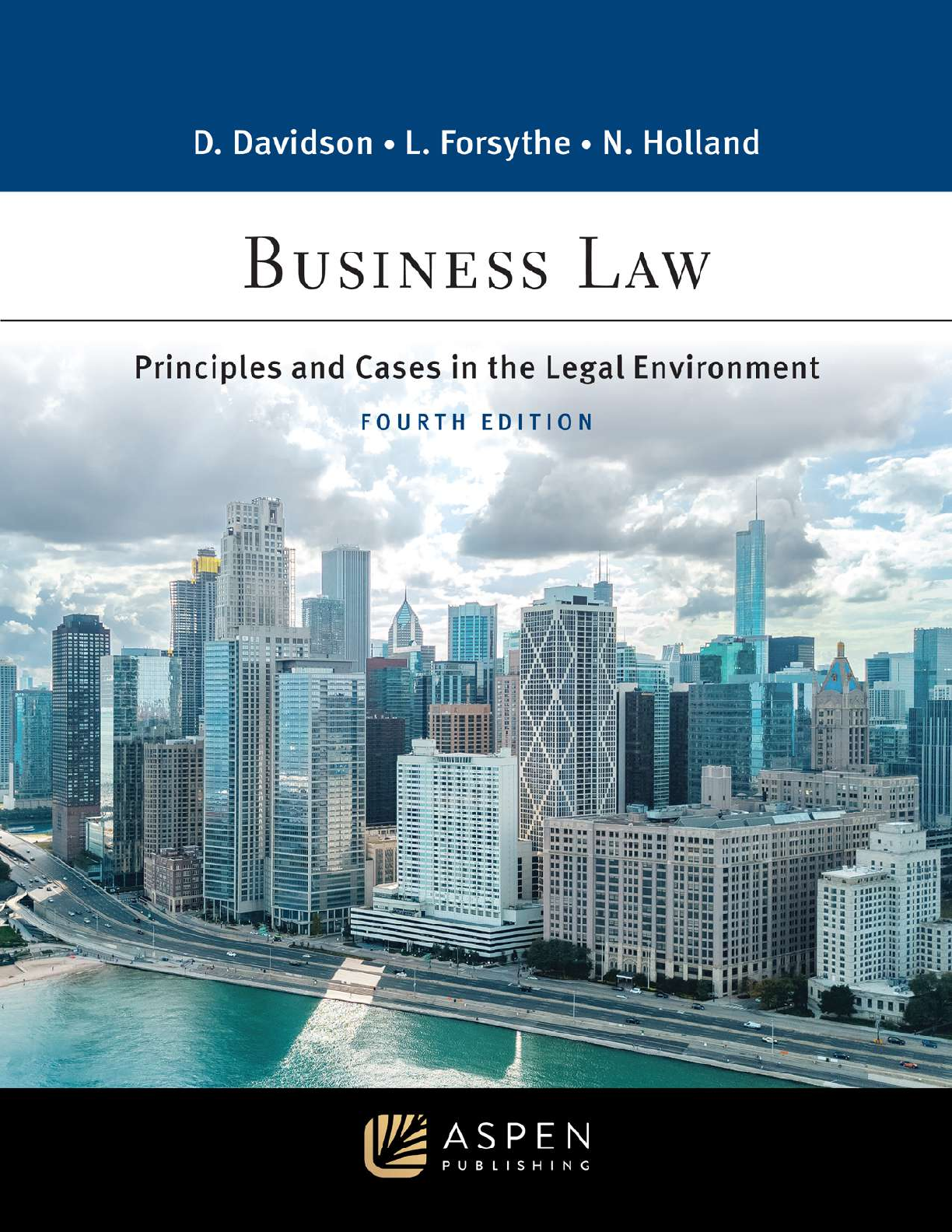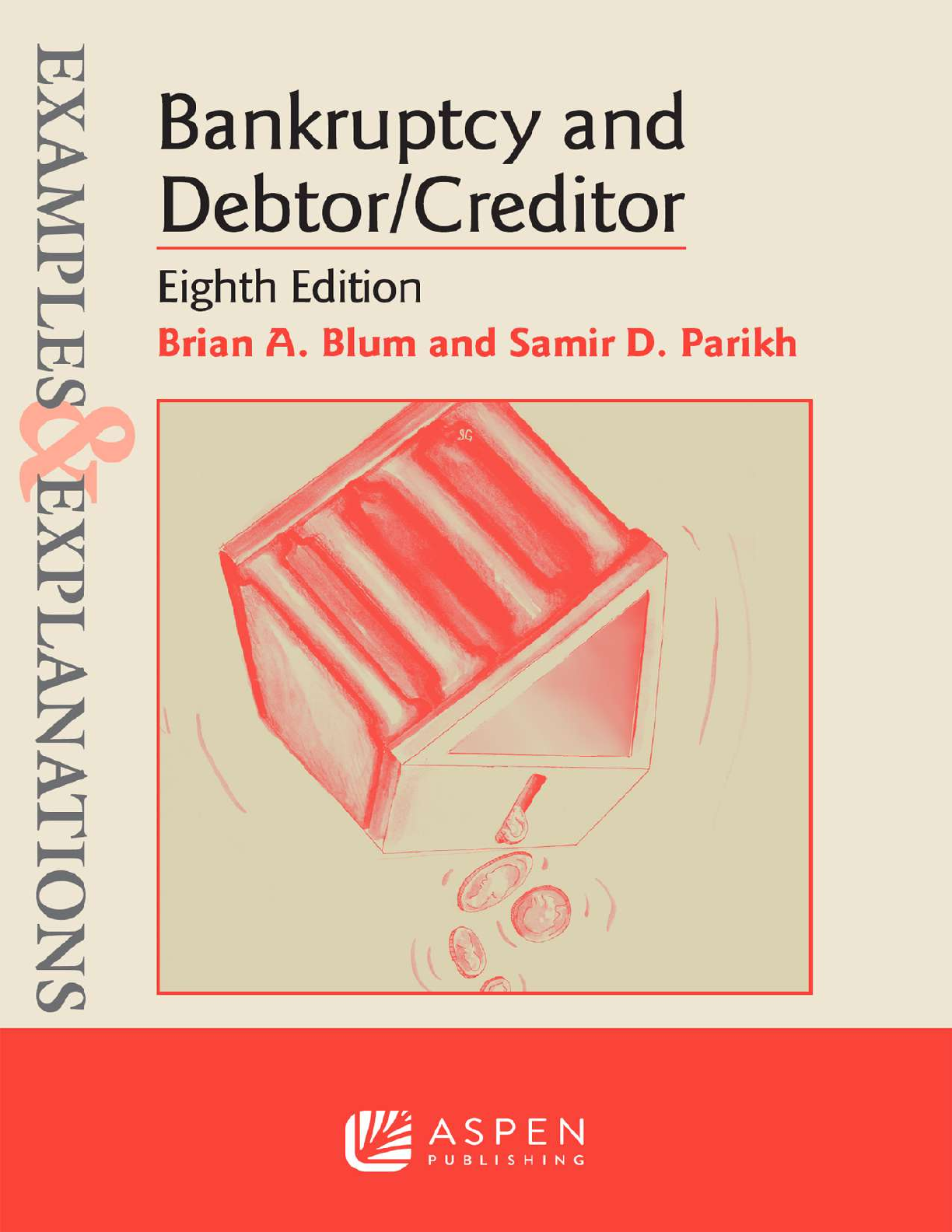Financial Reporting, Financial Statement Analysis and Valuation 9th Edition By James Wahlen, Baginski, Bradshaw | eBook [PDF]
Document Content and Description Below
eBook for Financial Reporting, Financial Statement Analysis and Valuation, 9th Edition By James M. Wahlen, Stephen P. Baginski, Mark Bradshaw
Get all 14 Chapters eBook PDF.
Table of Contents
...
Contents
Chapter 1: Overview of Financial Reporting, Financial Statement Analysis, and Valuation
Chapter Overview
Overview of Financial Statement Analysis
Step 1: Identify the Industry Economic Characteristics
Step 2: Identify the Company Strategies
Step 3: Assess the Quality of the Financial Statements
Step 4: Analyze Profitability and Risk
Step 5: Prepare Forecasted Financial Statements and Step 6: Value the Firm
Role of Financial Statement Analysis in an Efficient Capital Market
Sources of Financial Statement Information
Summary
Questions and Exercises
Problems and Cases
Integrative Case 1.1 Walmart
Case 1.2 Nike: Somewhere between a Swoosh and a Slam Dunk
Chapter 2: Asset and Liability Valuation and Income Recognition
Chapter Overview
The Mixed Attribute Measurement Model
Asset and Liability Valuation and the Trade-Off between Relevance and Representational Faithfulness
Income Recognition
Income Taxes
Framework for Analyzing the Effects of Transactions on the Financial Statements
Summary
Questions and Exercises
Problems and Cases
Integrative Case 2.1 Walmart
Chapter 3: Income Flows versus Cash Flows: Understanding the Statement of Cash Flows
Chapter Overview
Purpose of the Statement of Cash Flows
The Relations among the Cash Flow Activities
Cash Flow Activities and a Firm's Life Cycle
Understanding the Relations among Net Income, Balance Sheets, and Cash Flows
Preparing the Statement of Cash Flows
Usefulness of the Statement of Cash Flows for Accounting and Risk Analysis
Summary
Questions and Exercises
Problems and Cases
Integrative Case 3.1 Walmart
Case 3.2 Prime Contractors
Chapter 4: Profitability Analysis
Chapter Overview
Overview of Profitability Analysis Based on Various Measures of Income
Return on Assets (ROA)
Return on Common Shareholders' Equity (ROCE)
Economic and Strategic Determinants of ROA and ROCE
Benefits and Limitations of Using Financial Statement Ratios
Summary
Questions and Exercises
Problems and Cases
Integrative Case 4.1 Profitability and Risk Analysis of Walmart Stores
Chapter 5: Risk Analysis
Chapter Overview
Disclosures Regarding Risk and Risk Management
Analyzing Short-Term Liquidity Risk
Analyzing Long-Term Solvency Risk
Analyzing Credit Risk
Analyzing Bankruptcy Risk
Measuring Systematic Risk
Summary
Questions and Exercises
Problems and Cases
Integrative Case 5.1 Walmart
Case 5.2 Massachusetts Stove Company-Bank Lending Decision
Case 5.3 Fly-by-Night International Group: Can This Company Be Saved?
Chapter 6: Accounting Quality
Chapter Overview
Accounting Quality
Earnings Management
Recognizing and Measuring Liabilities
Asset Recognition and Measurement
Specific Events and Conditions That Affect Earnings Persistence
Tools in the Assessment of Accounting Quality
Financial Reporting Worldwide
Summary
Questions and Exercises
Problems and Cases
Integrative Case 6.1 Walmart
Case 6.2 Citi: A Very Bad Year
Case 6.3 Arbortech: Apocalypse Now
Chapter 7: Financing Activities
Chapter Overview
Equity Financing
Net Income, Retained Earnings, Accumulated Other Comprehensive Income, and Reserves
Debt Financing
Leases
The Use of Derivatives to Hedge Interest Rate Risk
Summary
Questions and Exercises
Problems and Cases
Integrative Case 7.1 Walmart
Case 7.2 Oracle Corporation: Share-Based Compensation Effects/Statement of Shareholders' Equity
Case 7.3 Long-Term Solvency Risk: Southwest and Lufthansa Airlines
Chapter 8: Investing Activities
Chapter Overview
Investments in Long-Lived Operating Assets
How Do Managers Allocate Acquisition Costs over Time?
What Is the Relation between the Book Values and Market Values of Long-Lived Assets?
Investments in Securities
Primary Beneficiary of a Variable-Interest Entity
Foreign Currency Translation
Summary
Questions and Exercises
Problems and Cases
Integrative Case 8.1 Walmart
Case 8.2 Disney Acquisition of Marvel Entertainment
Chapter 9: Operating Activities
Chapter Overview
Revenue Recognition
Expense Recognition
Income Taxes
Pensions and Other Postretirement Benefits
Summary
Questions and Exercises
Problems and Cases
Integrative Case 9.1 Walmart
Case 9.2 Coca-Cola Pensions
Chapter 10: Forecasting Financial Statements
Chapter Overview
Introduction to Forecasting
Preparing Financial Statement Forecasts
Step 1: Project Revenues
Step 2: Project Operating Expenses
Step 3: Project Operating Assets and Liabilities on the Balance Sheet
Step 4: Project Financial Leverage, Financial Assets, Common Equity Capital, and Financial Income an
Step 5: Project Provisions for Taxes, Net Income, Dividends, Share Repurchases, and Retained Earning
Step 6: Balance the Balance Sheet
Step 7: Project the Statement of Cash Flows
Shortcut Approaches to Forecasting
Test Forecast Validity by Analyzing Projected Financial Statements
Sensitivity Analysis
Reactions to Announcements
Summary
Questions and Exercises
Problems and Cases
Integrative Case 10.1 Walmart
Case 10.2 Massachusetts Stove Company: Analyzing Strategic Options
Chapter 11: Risk-Adjusted Expected Rates of Return and the Dividends Valuation Approach
Chapter Overview
The General Valuation Model
Equivalence among Dividends, Cash Flows, and Earnings Valuation
Expected Rates of Return
Dividends-Based Valuation: Rationale and Basic Concepts
Dividends-Based Valuation: Advanced Concepts
The Dividends-Based Valuation Model
Applying the Dividends-Based Valuation Model to Value Starbucks
Sensitivity Analysis and Investment Decision Making
Summary
Questions and Exercises
Problems and Cases
Integrative Case 11.1 Walmart
Chapter 12: Valuation: Cash-Flow-Based Approaches
Chapter Overview
Rationale for Cash-Flow-Based Valuation
Measuring Free Cash Flows
Cash-Flow-Based Valuation Models
Free Cash Flows Valuation of Starbucks
Sensitivity Analysis and Investment Decision Making
Summary
Questions and Exercises
Problems and Cases
Integrative Case 12.1 Walmart: Free-Cash-Flows Valuation of Walmart's Common Equity
Case 12.2 Holmes Corporation
Chapter 13: Valuation: Earnings-Based Approach
Chapter Overview
Rationale for Earnings-Based Valuation
Earnings-Based Valuation: Practical Advantages and Concerns
Theoretical and Conceptual Foundations for Residual Income Valuation
Residual Income Valuation with Finite Horizon Earnings Forecasts and Continuing Value Computations
Residual Income Model Implementation Issues
Consistency in Residual Income, Dividends, and Free Cash Flows Valuation Estimates
Summary
Questions and Exercises
Problems and Cases
Integrative Case 13.1 Walmart
Chapter 14: Valuation: Market-Based Approaches
Chapter Overview
Market Multiples of Accounting Numbers
Market-to-Book and Value-to-Book Ratios
Price-Earnings and Value-Earnings Ratios
Reverse Engineering
The Relevance of Academic Research for the Work of the Security Analyst
Summary
Questions and Exercises
Problems and Cases
Integrative Case 14.1 Walmart
Appendix A: Financial Statements and Notes for Starbucks Corporation
Appendix B: Management's Discussion and Analysis for Starbucks Corporation
Appendix C: Financial Statement Analysis Package (FSAP)
Appendix D: Financial Statement Ratios: Descriptive Statistics by Industry
Index
[Show More]
Last updated: 11 months ago
Preview 1 out of 1210 pages



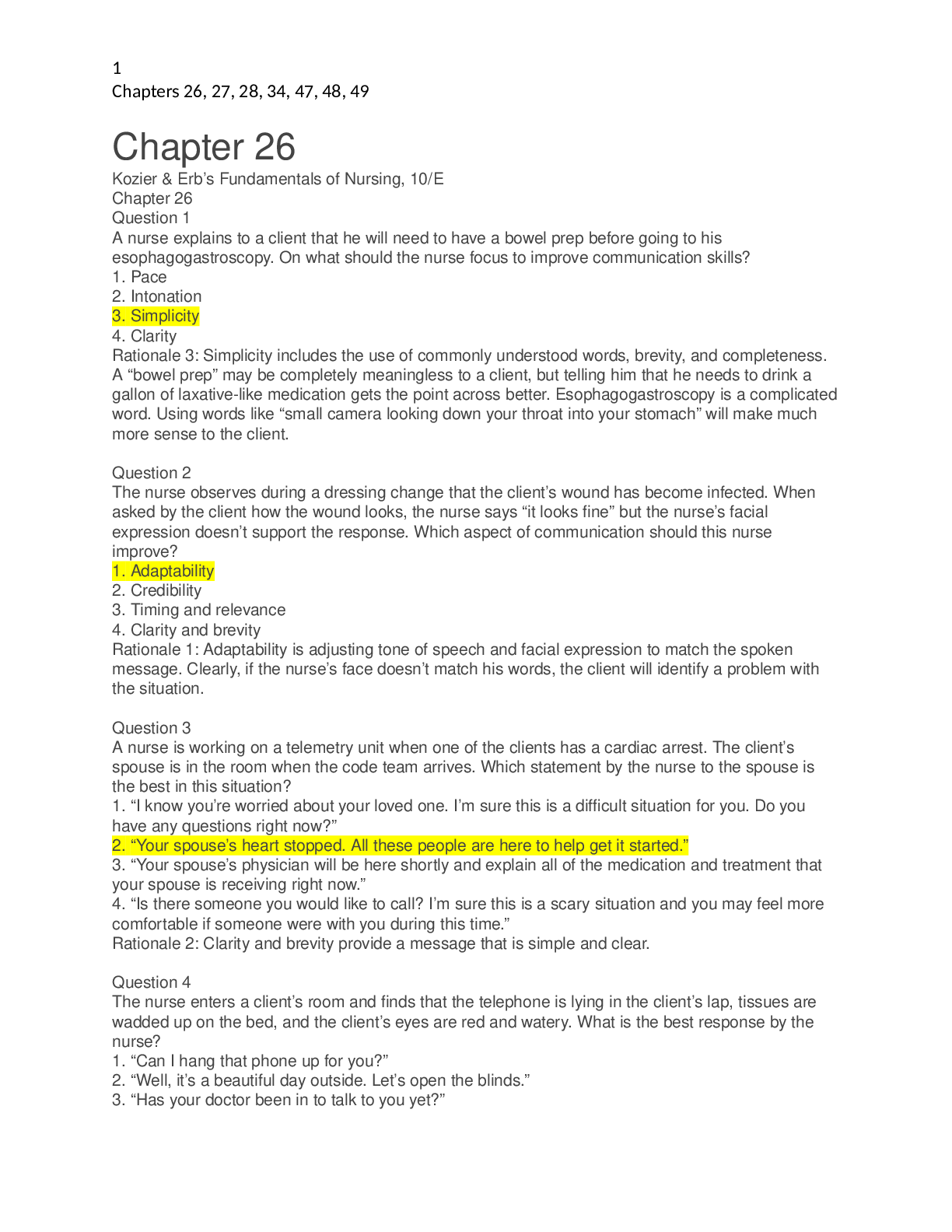

![Preview image of Financial Reporting, Financial Statement Analysis and Valuation 9th Edition By James Wahlen, Baginski, Bradshaw | eBook [PDF] document](https://scholarfriends.com/storage/eBook for Financial Reporting, Financial Statement Analysis and Valuation, 9th Edition By James M.png)


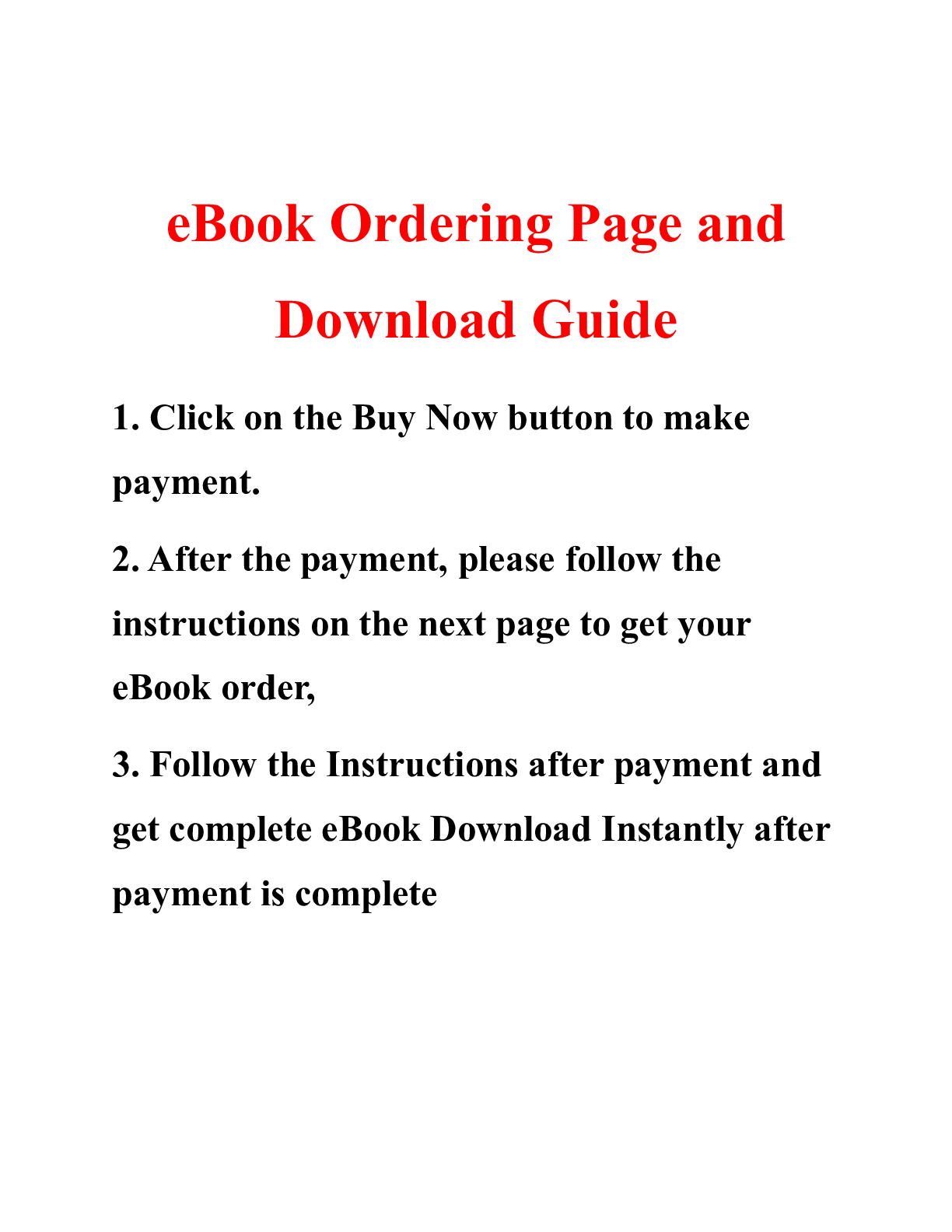


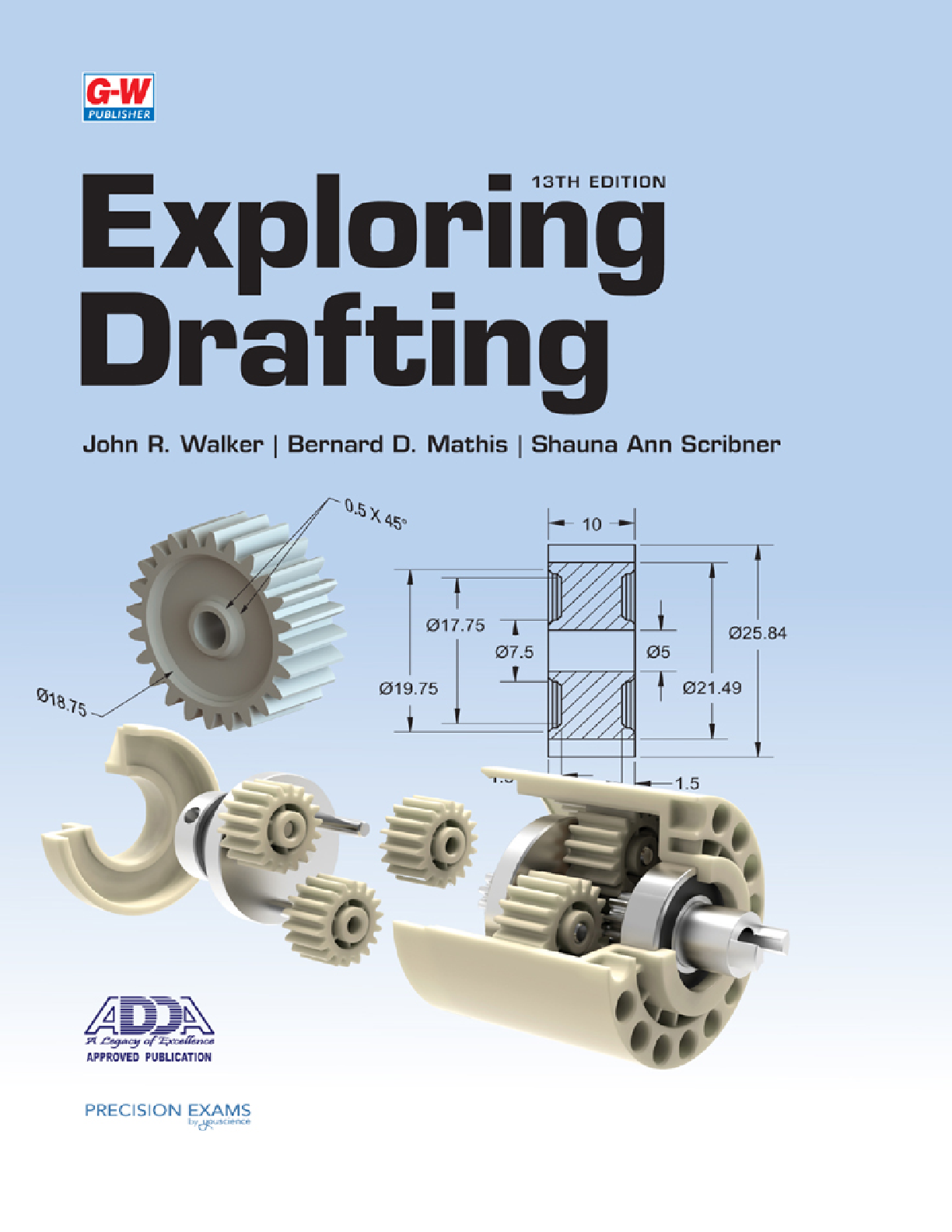
 Gary Donell, Clarence Byrd, Ida Chen.png)



